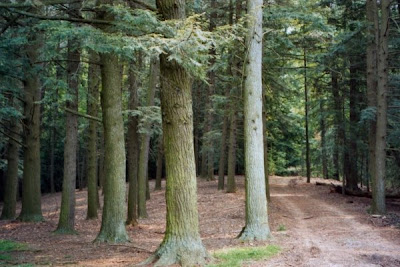in the season of this writing,
has been found as a gossamer thing
just as the waning moon
cleared the eastern mountain
to plow through the stars.
Taking away the material
substance of the garden
and leaving it an ethereal thing.
The real garden gone –
only the soul of the garden real.
The garden at midnight
brought to memory a visitor
who once came to the garden altar
and knelt and prayed there.
She exclaimed . . .
“When the Mission’s last picture is painted,
when all now living have passed
from work to reward,
when the garden altar and walls
have crumbled
and cockleburs grow on the ruin –
let us ask God
to let us come back some Christmas
to the ghost of this garden
for a glorious midnight Mass.”
On that recent midnight,
there was only a ghost of the garden.
And in the ghost garden midnight Mass
at the garden altar
at some point in eternity,
it seemed as rational as immortal life.
Perhaps it is childish
to dwell on that Mass,
even in fancy,
but it is a sweet and lovely vision.
A bit of heaven once of earth,
come back to earth again.
All the acolytes
the Mission ever had,
all who were ever numbered
with the Mission
or the Greater Congregation.
All the children,
assembled with the angels
in the Mission garden.
All to whom faith was natural
and all to whom faith was a struggle,
no longer needing a creed
in the light of mutual knowing.
Every voice lifted in heavenly paeans.
The ghosts of all the candle flames
that ever graced the Mission altars,
the ghosts of all the incense ever offered.
Perhaps behind the garden altar,
where now stands a statue of Holy Mary,
she might really come and stand
with the ghosts of all the roses.
And she might actually hold in her arms
no less than the eternal Christmas Child.
While all the stars of the heavens
gathered of their will for her diadem,
pale in His blinding glory.
— George W. Jones
From the book "Life's Journey".
Photo by Dan Hardison
Hickory Nut Gorge, Western North Carolina
Also available:
Read or print PDF






































